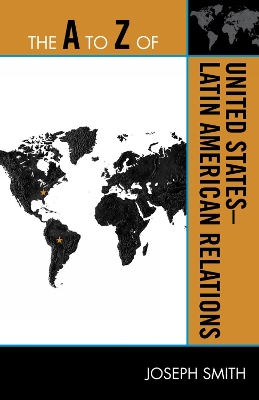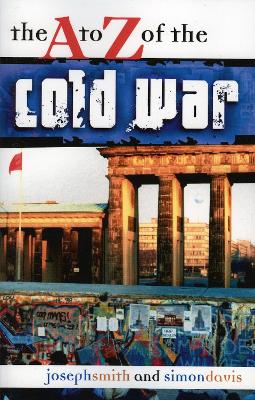The A to Z Guide
2 total works
From the assertion of the Monroe Doctrine in 1823 to the Reagan Doctrine of the 1980s, the United States has presumed a position of political leadership and pre-eminence in the Western Hemisphere. This has been made possible by two main factors: America's huge economy, which has made the U.S. the largest single commercial market and the biggest investor in Latin America, and America's military prowess, which has been convincingly demonstrated in victories in the Mexican-American War (1846-1848) and the Spanish-American War (1898). The A to Z of United States-Latin American Relations concentrates on the history of diplomatic relations between the U.S. and the nations of Latin America from the creation of the independent United States in the late 18th century up to the present. This is accomplished through a chronology, an introduction, a bibliography, appendixes, and hundreds of cross-referenced dictionary entries on the countries involved, significant events, major crises, important figures, controversial issues, and doctrines and policies that have evolved. For scholars, historians, and students interested in the diplomacy of these two regions, The A to Z of United States-Latin American Relations is an essential reference.
This highly praised book captures the essence and the madness of the "balance of terror" that was the Cold War. Describing an extensive period and much of the globe, The A to Z of the Cold War presents a year-by-year chronology, an introductory essay, and hundreds of entries on civilian and military leaders, central issues and peripheral conflicts, crucial countries and their allies or foes, the contending alliances and the non-aligned, deterrence and detente, the increasingly lethal weapons systems, and the various political and military strategies. While both authors are specialists in American foreign policy and diplomacy, Smith has a particular interest in United States relations with Latin America and Davis in Anglo-American relations. This broader focus is helpful, because it enables the authors to have a broader view of the Cold War, and having studied and lived in Great Britain, they view events from a more neutral perspective. This, and a conscious effort to maintain a scholarly balance, enhances the objectivity of this volume. Smith and Davis have produced an easy-to-use reference tool for both the history scholar and student.

